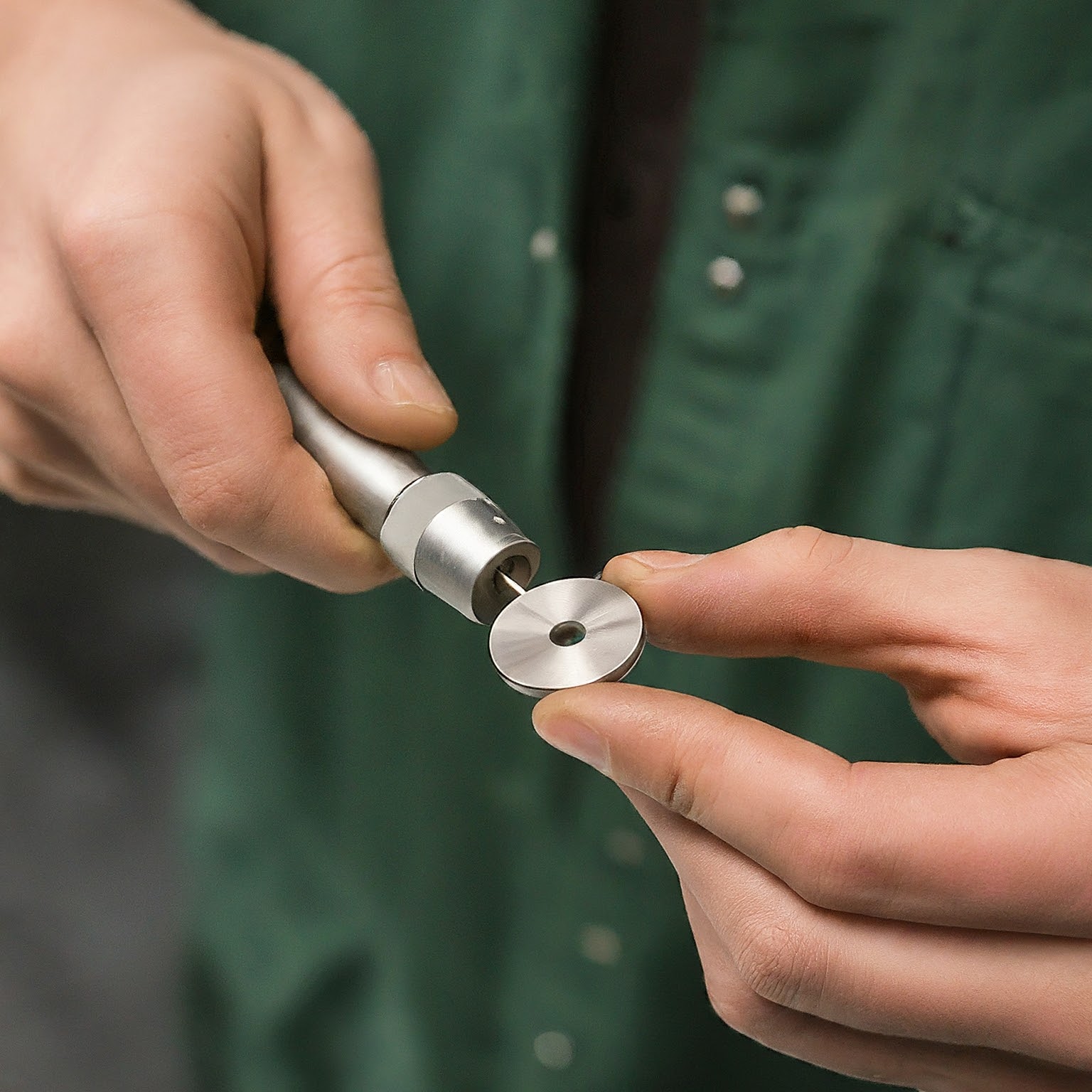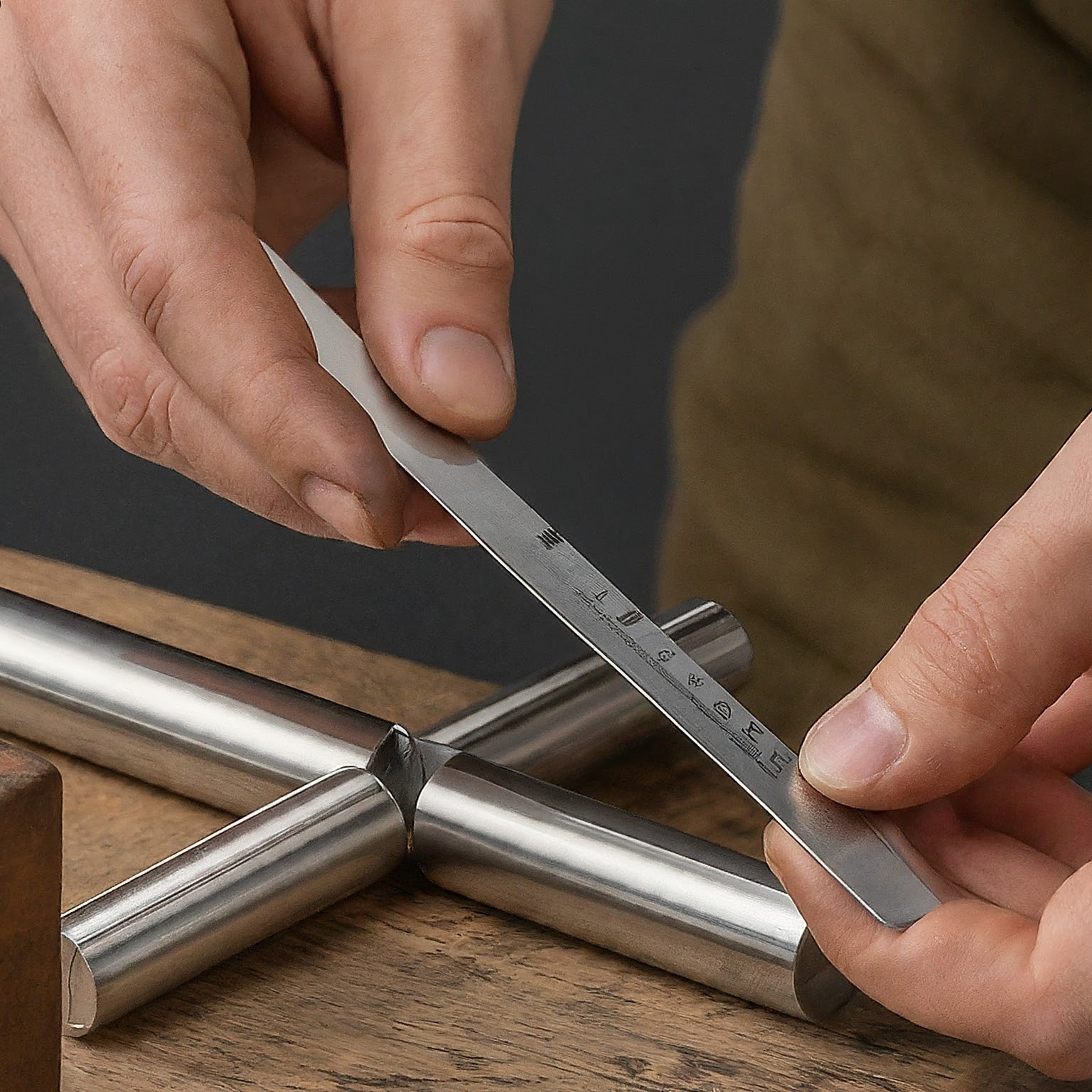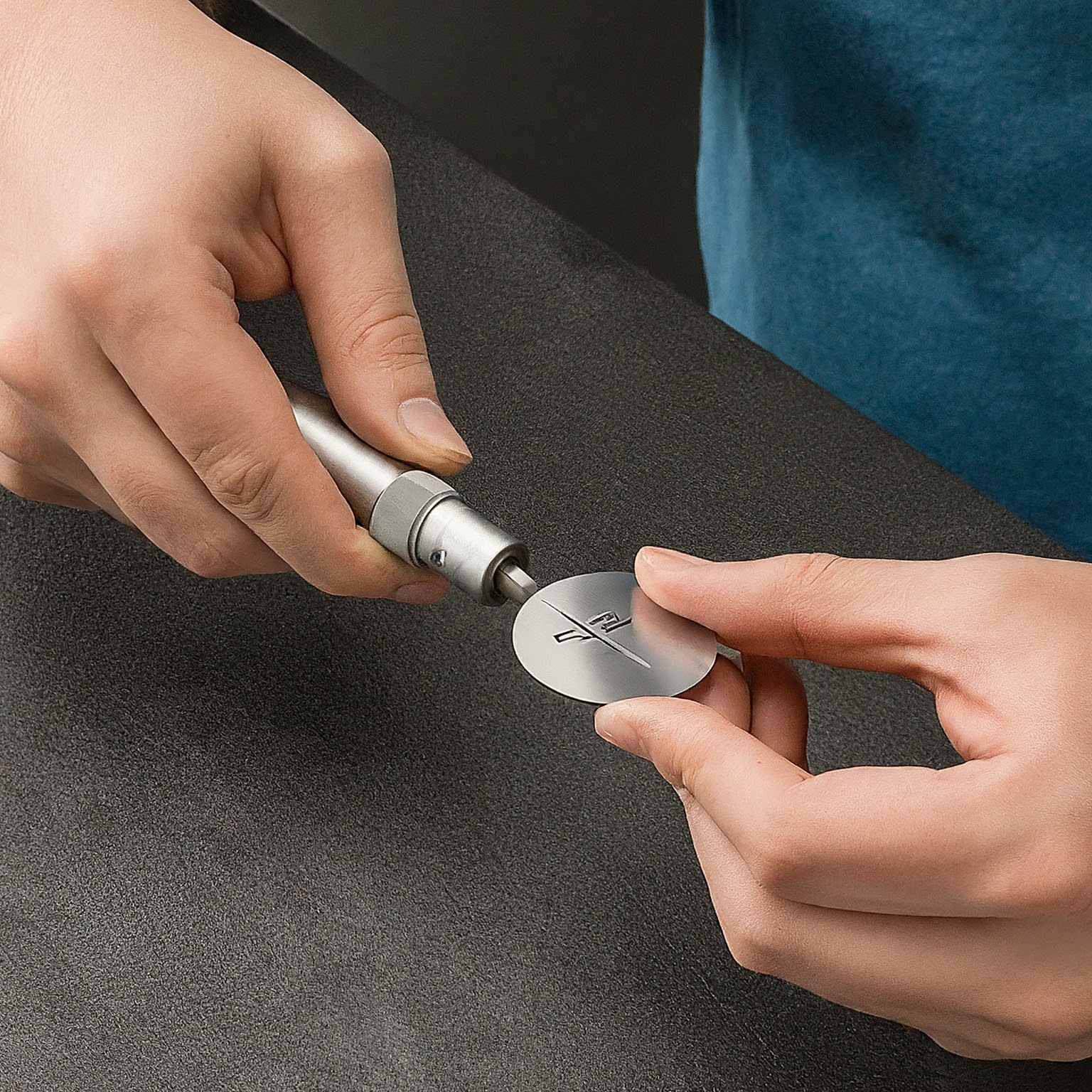How to Choose the Right Stainless Steel Shim?

Choosing the right stainless steel shim can make a significant difference in your project's success. In this guide, I'll walk you through everything you need to know to make an informed decision. Whether you're a seasoned professional or a DIY enthusiast, this article will help you understand the nuances of stainless steel shims and ensure you choose the best one for your needs.
Table of Contents
-
What is a Stainless Steel Shim?
-
Why Use Stainless Steel Shims?
-
Factors Affecting Shim Thickness
-
Common Thicknesses and Their Applications
-
Factors to Consider When Choosing a Stainless Steel Shim
-
How to Measure Shim Thickness
-
Tips for Using Stainless Steel Shims
-
Conclusion

What is a Stainless Steel Shim?
A stainless steel shims is a thin, flat piece of stainless steel specifically designed to create precise gaps or fill small spaces between objects. Unlike some other shim materials, stainless steel shims excel in environments requiring exceptional strength, durability, and resistance to corrosion. This makes ss shims a go-to choice for applications where precision and reliability are paramount.
Why Use Stainless Steel Shims?
Stainless steel shims offer several benefits:
- Strength and Durability: Stainless steel is renowned for its strength and resistance to wear and tear.
- Corrosion Resistance: Stainless steel shims are perfect for environments exposed to moisture, chemicals, or harsh weather conditions.
- Precision: Shims can be manufactured with high precision to ensure accurate gap filling.
- Versatility: Stainless steel shims can be used in a wide variety of applications.
Factors Affecting Shim Selection Thickness
Choosing the right ss shims selection thickness depends on several factors:
- Application: The specific use of the shim will determine the required thickness.
- Gap Size: The shim thickness should match the gap you need to fill.
- Load-Bearing Capacity: If the shim will support weight, a thicker shim might be necessary.
- Material Compatibility: Ensure the shim is compatible with the materials it will contact.

Common Thicknesses and Their Applications
Stainless steel shims come in a variety of thicknesses:
- Ultra-Thin Shims (0.001 to 0.010 inches): Ideal for electronics, precision machinery, and delicate components.
- Medium-Thickness Shims (0.010 to 0.050 inches): Commonly used in automotive, aerospace, and general manufacturing.
- Thick Shims (0.050 to 0.125 inches): Suitable for heavy machinery, construction, and shipbuilding.
Factors to Consider When Choosing a Stainless Steel Shim
When choosing a stainless steel shims, there are a number of factors to consider, including:
- The thickness of the shim: The thickness of the shim should be appropriate for the application.
- The width of the shim: The width of the shim should be wide enough to cover the gap that you need to fill.
- The length of the shim: The length of the shim should be long enough to reach the desired depth.
- The material of the shim: Stainless steel is the most common material used for shims, but other materials, such as brass and aluminum, may also be used.
- The cost of the shim: Stainless steel shims are generally more expensive than other types of shims, but they are also more durable and corrosion-resistant.
How to Measure Shim Thickness
Accurate measurement is crucial:
- Digital Caliper: Provides precise measurements.
- Micrometer: Offers extremely accurate readings.
- Feeler Gauge: Useful for rough estimates.

Tips for Using Stainless Steel Shims
- Clean surfaces: Ensure surfaces are clean before applying the shim.
- Use the right adhesive: If necessary, choose an adhesive suitable for stainless steel.
- Cut carefully: Use sharp tools to avoid damaging the shim.
- Handle with care: Stainless steel can scratch easily.
Conclusion
Stainless steel shims are a versatile and durable material that can be used in a variety of applications. By understanding the factors that affect shim thickness and following the tips outlined in this article, you can choose the right ss shims for your project.
By understanding these factors and following these tips, you can select the perfect stainless steel shims for your project.
Author
Meet Seema, our expert author in industrial materials with a deep understanding of shim . With years of experience, Seema brings valuable insights and expertise to this guide, making him a trusted source for all things related to brass shim sheets. Join us as we delve into the art of crafting brass shim sheets with Seema leading the way.
List Other similar blogs







